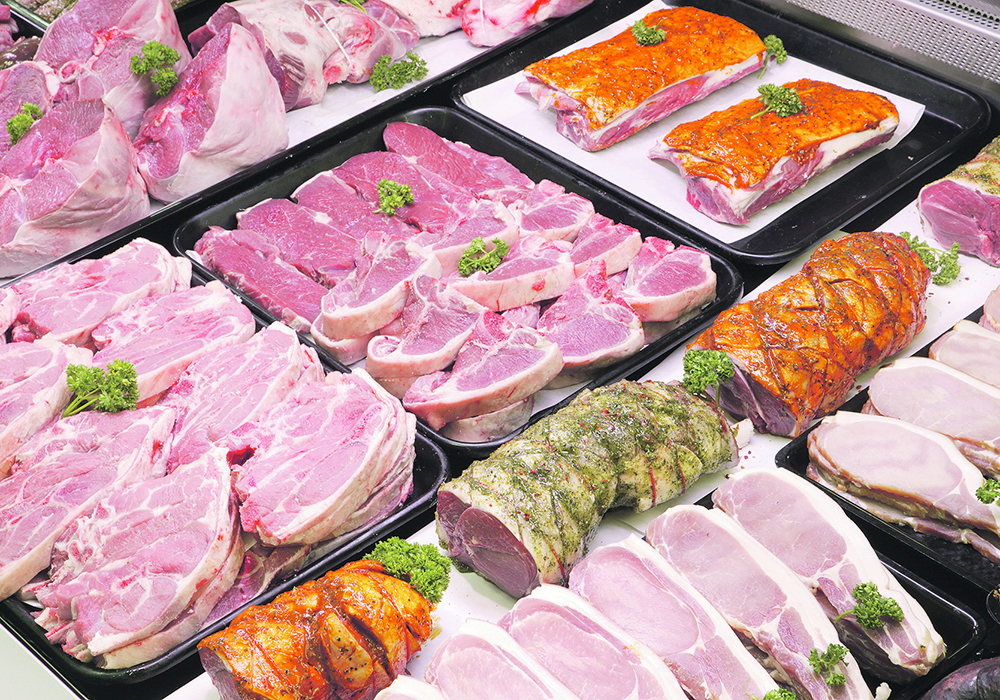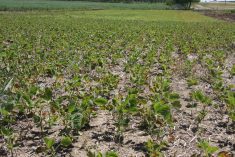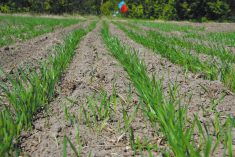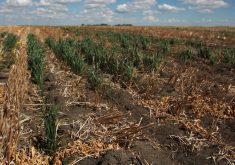Will the freefall in the Turkish lira spark a global crisis?
How about a Russian invasion of Ukraine? Or another clash between China and one of its neighbours or geopolitical rivals?
What if the follow-up to the omicron version of COVID-19 is a variant equally transmissible but more lethal?
There are all sorts of sparks that could ignite a worldwide crisis. (Of course, we’re already in the grips of the pandemic crisis.)
But the high food prices afflicting every country in the world are more likely to trigger widespread social strife, as they were in 2011 with the Arab Spring. Food has been both expensive and sporadically unavailable in many parts of the world.
Read Also
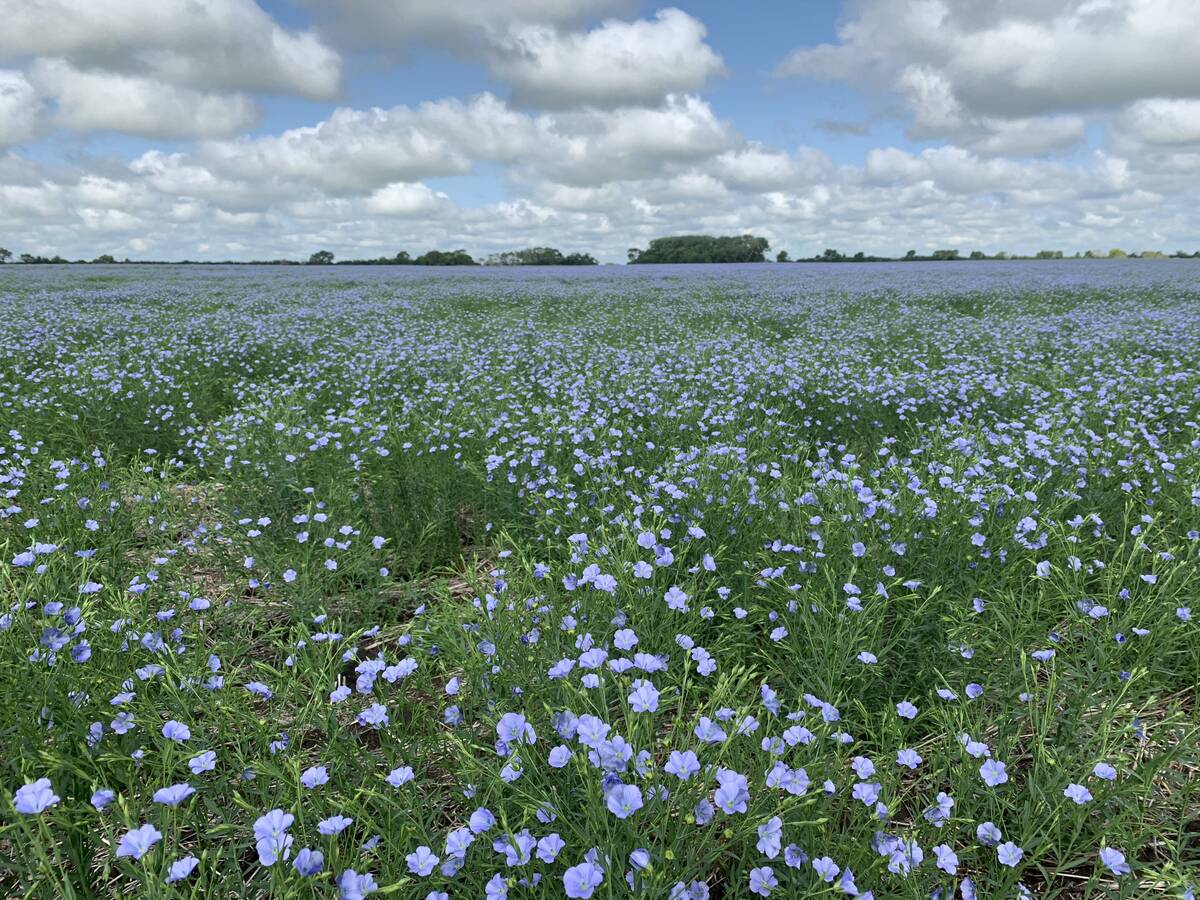
Flax sector sees omega-3 opportunity
SASKATOON — A global shortage of omega-3 oils could be an opportunity for the flax sector, says an industry official….
Canadians are talking and complaining about the rising cost of food, feeling its crimp on family incomes. But Canadians on average only spend about 11 percent of their household incomes on food. In the Philippines, Pakistan and Nigeria, it’s more than 40 percent.
If food prices rise by five percent here, we’ll grumble and whine, but only the poorest will have trouble obtaining enough food to feed our families. That might not be true in numerous poorer nations. When people can’t afford to buy food for their kids, and their governments can’t step in and provide it, they tend to hit the streets.
Since the beginning of the pandemic the Canadian Foodgrains Bank has been highlighting the grave danger of hunger hitting the global south, as supply chains have been disrupted, production damaged and distribution derailed. Those problems have occurred, are still occurring and are likely to continue for months, especially now that omicron has caused such a mass of shutdowns and sick workers.
On top of that we’ve had crop failures in places like Western Canada, wars in eastern Africa and geopolitical tensions further adding stress to supply chains.
We’re looking anxiously at the Russian troops massing on the Ukrainian border and the belligerent words coming out of the Kremlin to see if that crucial crop production region will become further disrupted by conflict.
With the Arab Spring, we saw public uprisings begin years after food prices began soaring. A second peak of crop prices hit in 2011, following the prices of 2005-08, and it seemed to demonstrate that people will take and handle financial pain and even hunger for a while, but at a certain point, stress turns to desperation and explodes in outrage and anger.
For our world now, the two-year COVID crisis has seen an initial period of social solidarity in most nations replaced by extremely partisan and ideological rancour, but we haven’t seen mass social uprisings linked to the pandemic impact. Will that change as the pandemic drags on and exhausts people’s patience?
We just saw mass social protest in Kazakhstan endanger the nation’s regime enough for it to call in Russian troops for protection. That was sparked by heating fuel prices. Is that a harbinger of a winter of commodity-price discontent coming?
It’s a fool’s errand to try to predict a future global social-political-financial crisis and when it will occur. I’m not going to do it.
But it seems to me that the world is more vulnerable than it has been since 2011 to something big going wrong again, and the commodities produced by farmers in Western Canada could be at the centre of how this “something big going wrong” happens.
Whether it’s the situation with the Turkish lira, the confrontation along the Ukraine-Russia border, or the apprehended insurrection in Kazakhstan, much of the world news is directly relevant to farmers today.


